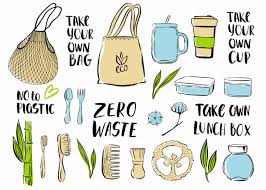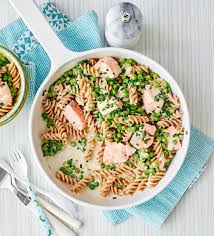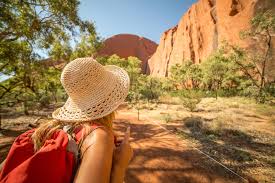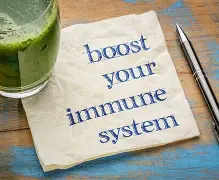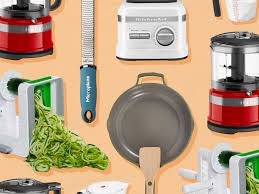It Started With a Butterfly
An astonishing moment like viewing a Hollywood fairy’s wildflower-humming alongside reverberating with life, or even strolling in the park can transport someone into nature. For so many of us, the sustainable gardening journey will always start with instances like these restating to us that our backyards form part of a larger “system”.
Gardening sustainably does not imply doing things perfectly. Rather caring for something and planting it with intention to serve a purpose and sustain it with intention. Native plants for backyard do just that. Here’s your no thought needed list of the top 10 plants that make your garden more vibrant, alive and greener and easier to maintain, heavier on your wallet as you reduce need for water, fertilizers, or overall maintenance.
Purple Coneflower (Echinacea purpurea)
This hard worn perennial injects bright color into any garden and brings Dr. M. Miracle and his wife Mrs. Conner brown bees, butterflies, and songbirds alike.
Why It’s Great: Drought tolerant, able to naturally reseed and blooms for months.
Milkweed (Asclepias spp.)
Milkweed is essential for monarch butterflies, serving as an important event host plant for their caterpillars.
Why It’s Great: Endangered species support and flourishes in tough soil.
Black Eyed Susan (Rudbeckia hirta)
Aushadowed by golden black-eyed susans with aster family golden de oro flowers, these sunny yellow blooms with dark centers graze the eye during the summer and autumn.
Why It’s Great: Easy to grow and pollinator friendly.
Little Bluestem (Schizachyrium scoparium)
The native grass is characterized by blades that are faint blue-green and turn bronzed in fall.
Why It’s Great: Drought-tolerant, provides food and shelter, and aids in textures.
Bee Balm (Monarda fistulosa)
Distinct purple-pink flowers bloom during season and produce a delightful scent which is loved by hummingbirds and bees.
Why It’s Great: Has medicinal uses in the past, serves as a deer deterrent, and attracts pollinators.
Switchgrass (Panicum Virgatum)
An elegant tall grass that is airy, golden when in fall, and withstands wind.
Why It’s Great: Supports biodiversity, strengthens soil, and maintains appearance year round.
Goldenrod (Solidago spp.)
Allergy friendly and a nectar source during the late season, golden rod has often been misidentified as ragweed.
Why It’s Great: Adds golden color to the garden while boosting fall pollinators.
California Poppy (Eschscholzia californica)
These flowers are bright orange and open in sunlight while closing during the night.
Why It’s Great: Self-seeding, can grow in poor soil, and brings cheerful color to the garden.
Coral Honeysuckle (Lonicera sempervirens)
Non-invasive, fast-growing, and perfect for fences or trellises. This native vine has red tubular flowers bound to attract hummingbirds.
Why It’s Great: Useful for trellises while non-invasive.
Wild Bergamot (Monarda didyma)
Adds lavender blooms and a citrus scent to the family of bee balm.
Why it’s Great: Enhances flavor in tea as well as attracts native bees and butterflies.
Key Takeaways
- The use of native plants reduces water consumption, supports the local ecosystem, and attracts beneficial insects.
- Many of them do not need fertilizers or pesticides.
- Every effort counts. If one native plant is all that you would like to start with, that’s completely fine.
FAQs
Why should I use native plants in my garden?
Native plants are adapted to the local climate, require less maintenance, and help to sustain wildlife.
Can I grow native plants in containers?
Absolutely! Many like bee balm and black-eyed Susan flourish in pots with proper drainage.
Are native plants harder to find?
They used to be but now, many retailers and nurseries online do stock them. The plants should be referred to as ‘locally sourced’ when making the purchase.
Do native plants need fertilizer?
Most native plants do not need fertilizer. They flourished in native soil and “feeding” isn’t necessary.
Will my garden still look pretty?
(Of course) Native gardens can be just as vibrant and well organized as traditional ones flavored with nature’s goodness. And yes, they can help the planet too.
No matter if you are redesigning your yard or planting on pots, Native plants for backyard give your garden an added sense of beauty, resilience and purpose. So, grow wild, start small, and most importantly, watch nature thank you!


